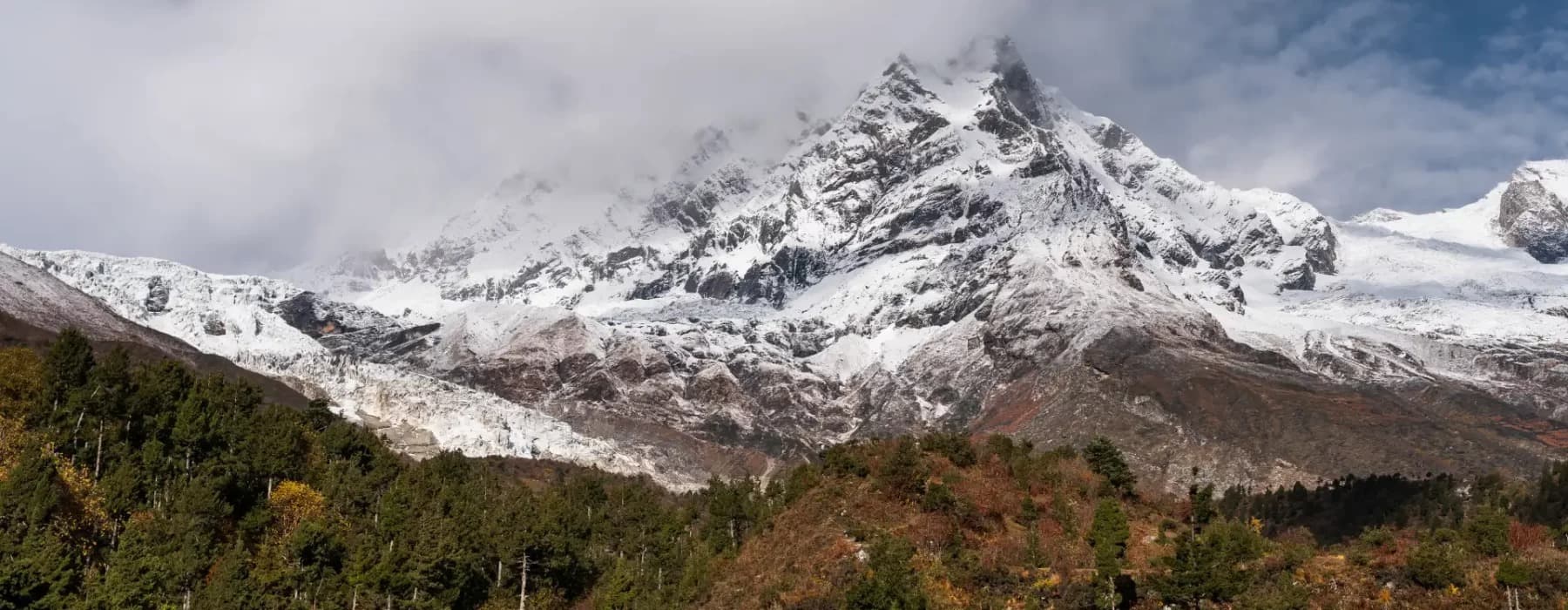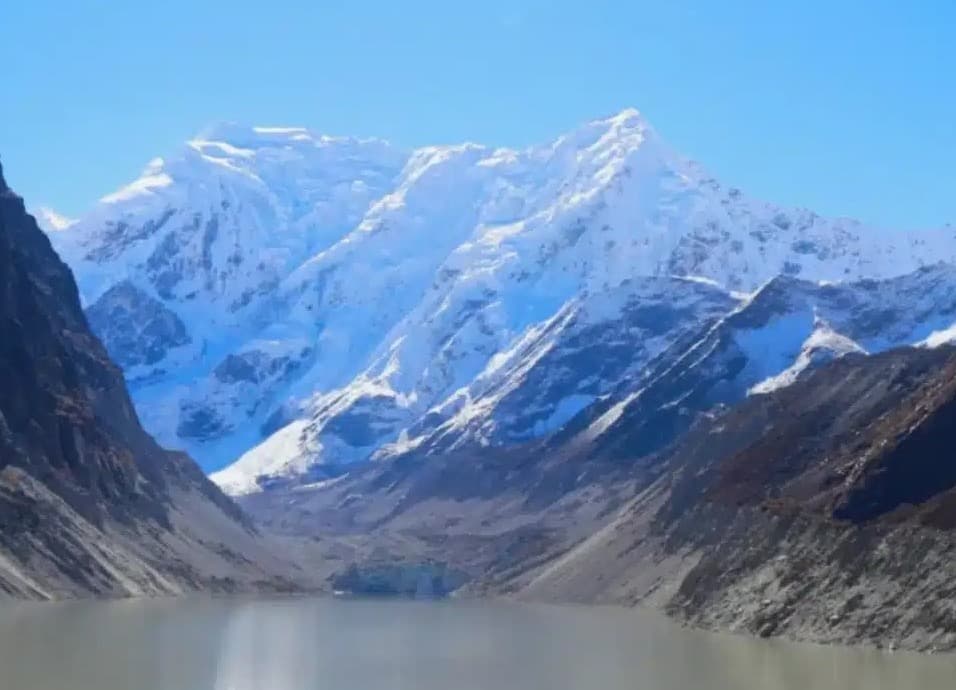Manaslu Circuit is a one-of-a-kind adventure destination in Nepal. If you are also planning a Manaslu trek but are unsure about the best time to start, then let us help you. The best times for Manaslu circuit trek are spring (March, April, and May) and autumn (September, October, and November). These times of the year offer stable weather conditions, clear visibility, festival celebrations, longer days, and mild temperatures.
Spring brings the landscape to life with bursts of vibrant colors and blossoms. Mainly, April is like nature’s very own festival! Conversely, autumn paints the trails with golden hues, creating a breathtaking tapestry. Major Nepalese festivals such as Dashain, Tihar, and Chhath fall in October. The celebrations, traditional music, and attire are a sight to behold.
But hold on, it’s not just about the eye-pleasing scenery and celebrations in and around the Manaslu region.
During these times, the weather is your friend. It’s on your side with clear skies, ensuring you won’t miss out on those jaw-dropping vistas.
Visibility? Oh, it’s clear.
And the climate and temperatures? Perfectly moderate, so you won’t feel heat burning or refrigerating. These ideal conditions make your trek smoother and worthy of hiking for days just to get the perfect mountain views.

But wait, we’ve got something extra to help you make a rock-solid decision. To help you decide the perfect time to go on a Manaslu trek, we compared weather, temperature, and visibility for each month. So that you will be armed with all the insights you need to pick your best time to trek the Manaslu Circuit.











